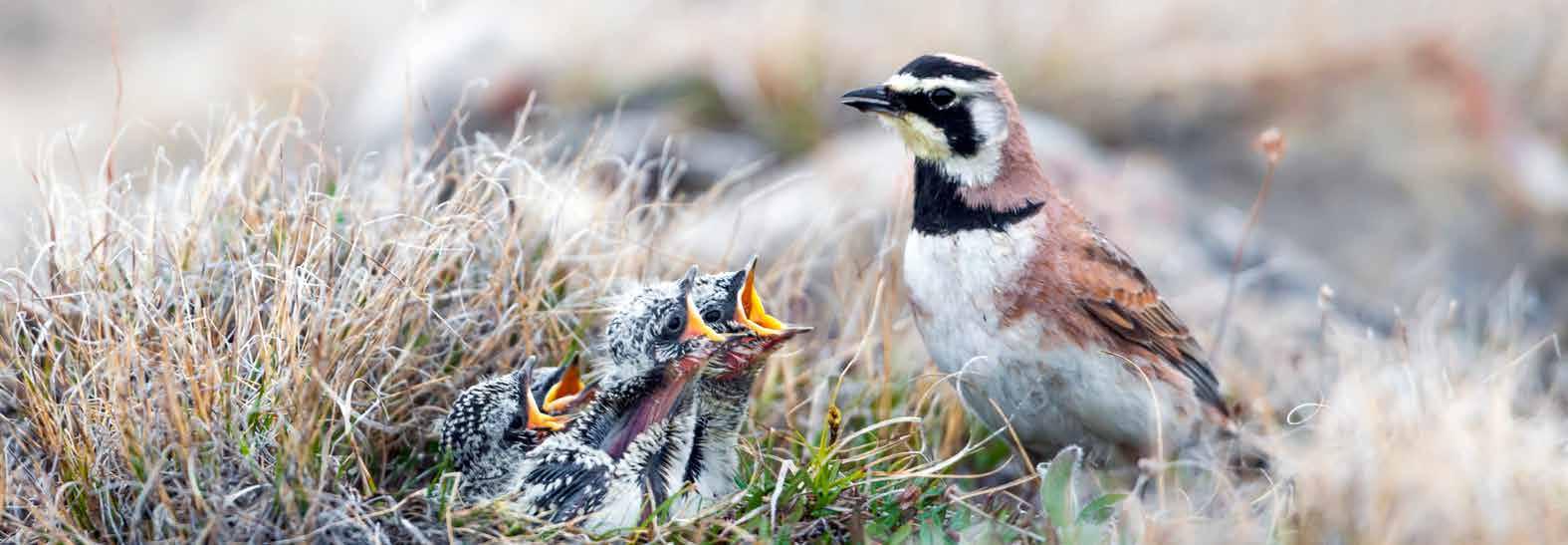
4 minute read
Food Safety and Security
Food Safety and Security
Food insecurity is an urgent public health issue in Canada (Tarasuk et al., 2014), particularly for Indigenous Peoples in geographically remote regions with high rates of poverty (Loring & Gerlach, 2015; Bhawra et al., 2017; Human Rights Watch, 2020). Many Northern, remote communities rely on traditional or country foods to meet their nutritional needs (Earle, 2011). For example, Statistics Canada data indicate that 65% of Inuit, 35% of Métis, and 33% of First Nations living off reserve hunted, fished, or trapped in 2017, while 30% of off-reserve First Nations and 47% of Inuit gathered wild plants or berries16 (Kumar et al., 2019). Traditional or country foods are high in nutritional value and offer a number of physical and mental health benefits (Bunce, 2015; Bunce et al., 2016; Cyre & Slater, 2019). Harvesting traditional or country foods promotes physical activity, contributes to social cohesion through food sharing, facilitates spiritual renewal and cultural expression, and plays a role in the development of personal and community self-sufficiency and food sovereignty (Receveur & Kuhnlein, 1998; Earle, 2011; Cidro et al., 2015; Hirsch et al., 2016).
Climate change is affecting the size, distribution, health, and behaviours of wildlife, fish, fowl, and other traditional sources of foods which, in turn, affect the ability to harvest and share them with family, Elders, and other community members (Organ et al., 2014; Statham et al., 2015; Archer, 2016; Spring et al., 2018). These impacts can be both positive and negative for enhancing food security. Warming temperatures have introduced new wildlife and plant species, allowed certain species to flourish, and lengthened growing seasons, making it easier for Northern communities to grow their own foods (Sheedy, 2018). However, a warming climate has altered the timing of harvesting periods and changed ecosystems and habitats in ways that negatively affect species reproduction, leading to declines or disappearances of specific species that constitute traditional livelihoods.
Considerable research has already been undertaken on various climate-related aspects of food security for Indigenous populations, especially studies assessing the availability of traditionally important food sources. For example, many First Nations have been worried about declining numbers of some fish, shellfish, and goose species; the availability and quality of specific berries; and changes to caribou population size, health,
16 The authors provide no data on the proportion of Métis who gathered wild plants or berries beyond stating that this proportion remained relatively unchanged from the previous Aboriginal Peoples’ Survey.
distribution, and migration patterns (Mecredi, 2010; Hermann et al., 2012; Teslin Tlingit Council, 2012; AriasBustamante, 2013; Donatuto et al., 2014; Kluane First Nations & AICBR, 2016; Parlee & Caine, 2018; Spring et al., 2018; Human Rights Watch, 2020). Inuit have also been alarmed by the changing population size, health, distribution, and/or migration patterns of caribou and other Arctic species, including muskox, seals, whales, and polar bears (Pauktuutit, 2011; Henry et al., 2012; Cuerrier et al., 2015; MacDonell, 2015; Quinn, 2016a; Quinn, 2016b; Mallory & Boyce, 2017; Parlee & Caine, 2018; Waugh et al., 2018). While little research has been conducted specifically on the climate-related food security impacts on Métis people, some have expressed concerns about a shortened goose hunt; changes in the movement and location of fish and their habitat; changes to the health, behaviour, and distribution of caribou and moose; changes in the availability and quality of specific berries; and the impacts of warmer weather on food preservation methods (Guyot et al., 2006; North Slave Métis Alliance community members, Shiga, Evans, King, & Keats, 2018).

© Credit: iStockPhoto.com, ID 1184226372
Enhancing food safety and security for urban Indigenous populations in the face of climate change
While Indigenous Peoples in Canada have become increasingly urbanized, there is also a high degree of geographic mobility between rural areas and cities (Norris & Clatworthy, 2011; Snyder & Wilson, 2015). This population trend can result in a loss of Indigenous knowledge and skills that are critical for enhancing nutrition, well-being, and self-reliance in the face of climate change impacts. Indigenous food and food systems are intrinsic to the health and well-being of First Nations, Inuit, and Métis peoples, regardless of whether they live in rural or urban spaces (Ray et al., 2019). Providing urban Indigenous populations with opportunities to learn about traditional practices and connect with TK around food is a way of strengthening Indigenous food sovereignty.
Some urban First Nations Health Access Centres offer programs that foster relationships with the land and coordinate traditional practices in urban spaces to provide opportunities for the transmission of Indigenous knowledge and skills. For example, the Shkagmik-Kwe Health Centre, located in Sudbury, Ontario, prepares traditional medicines in-house and holds annual medicine camps to enhance cultural teachings and practices around medicine picking and preparation (Ray et al., 2019). They also support traditional subsistence by organizing community and family hunts, providing basic hunting equipment and financial support for licensing fees to community members (Ray et al., 2019), collecting locally hunted and harvested food that is offered to struggling families through its Wild Food Bank (McLeod-Shabogesic, 2013), and teaching traditional food preparation and cooking methods to its members (Shkagamik-Kwe Health Centre, 2015).









